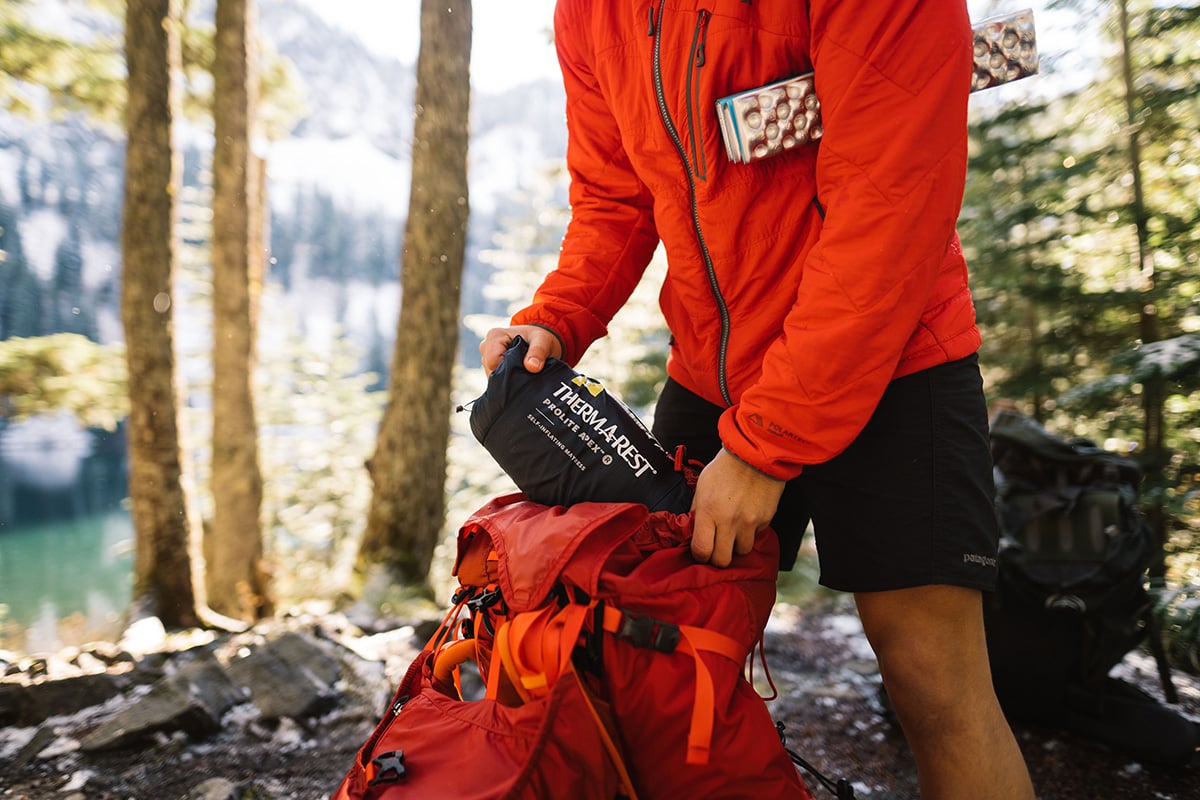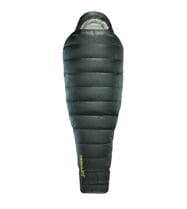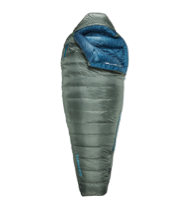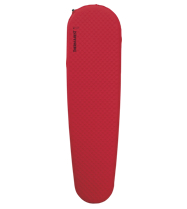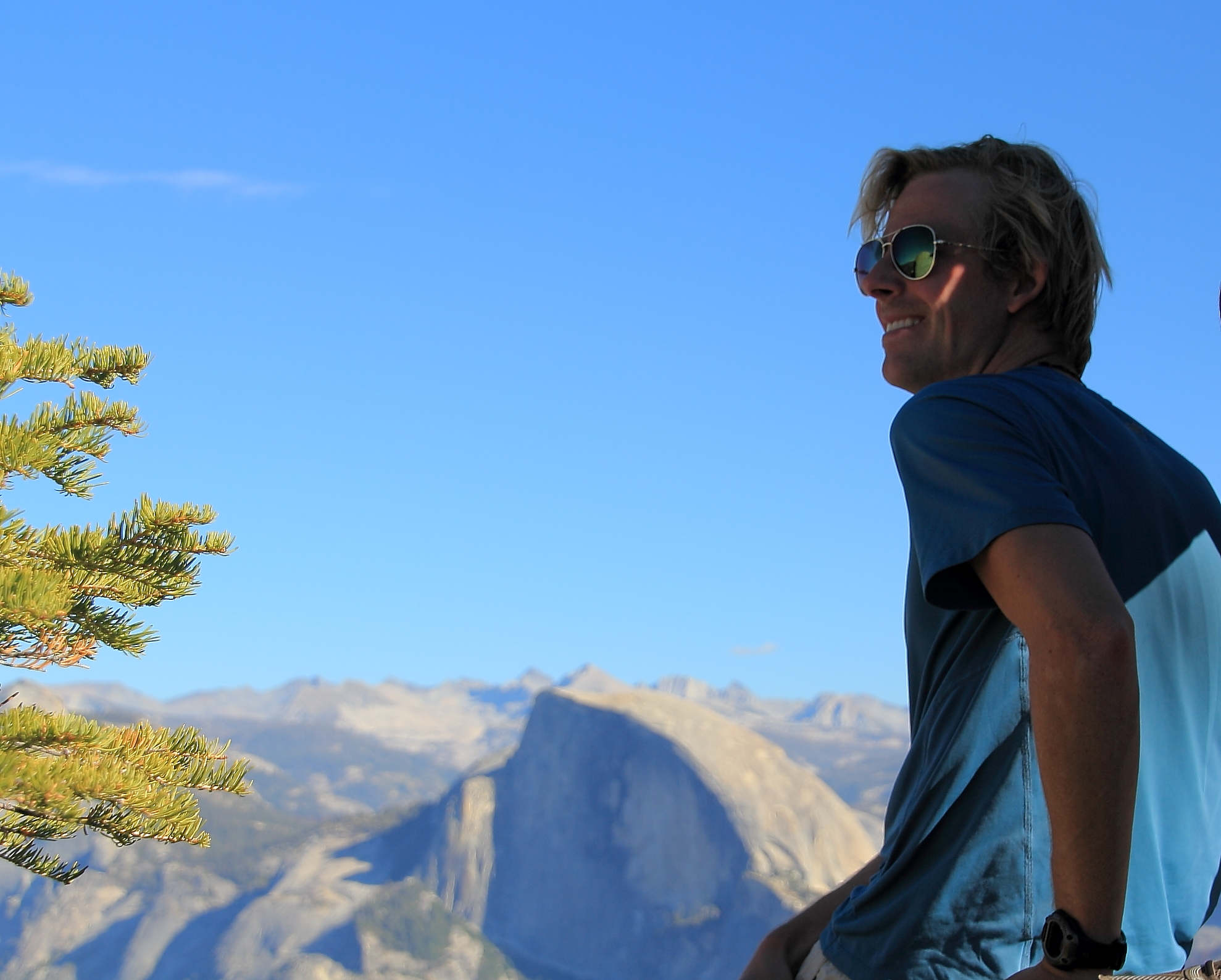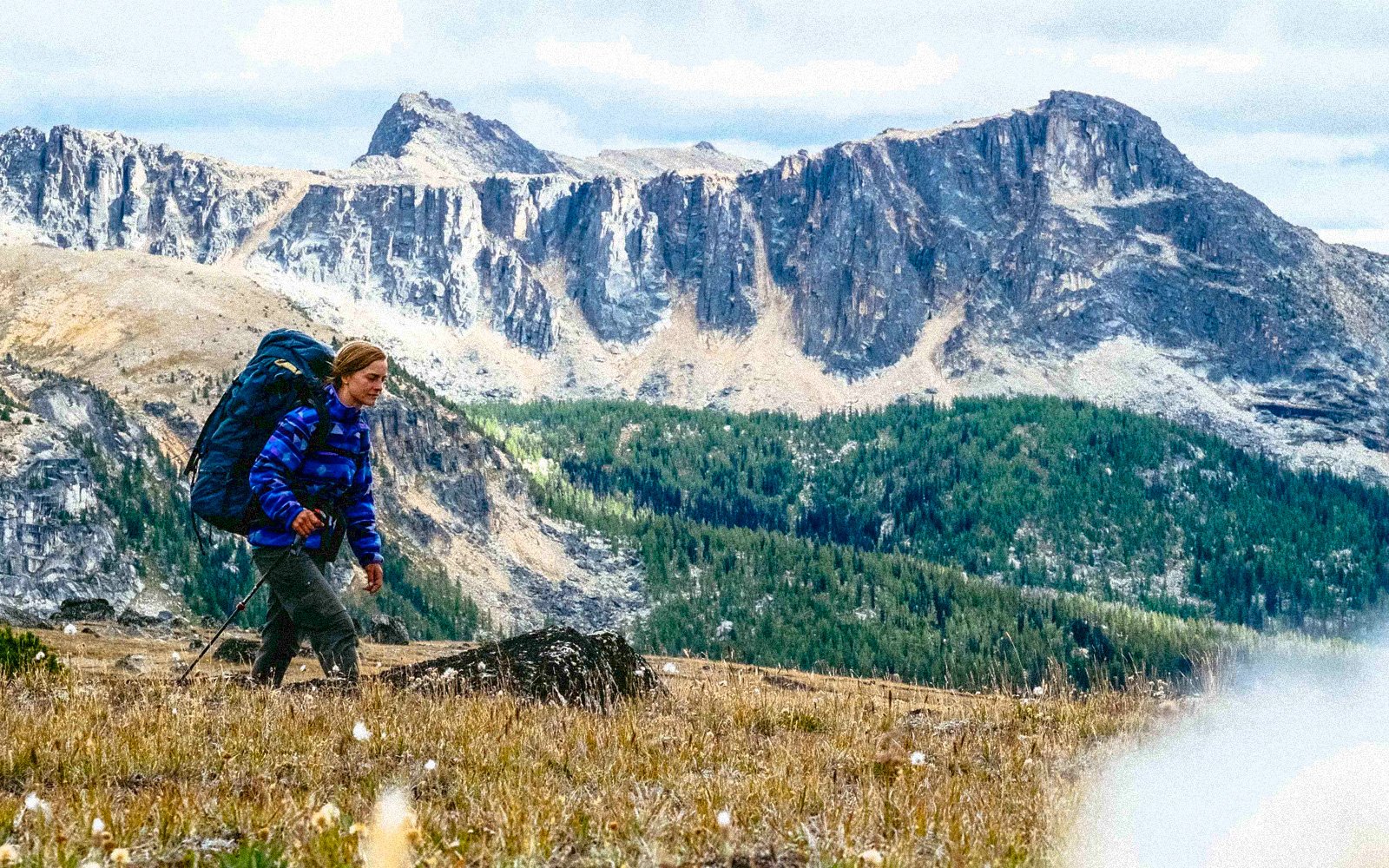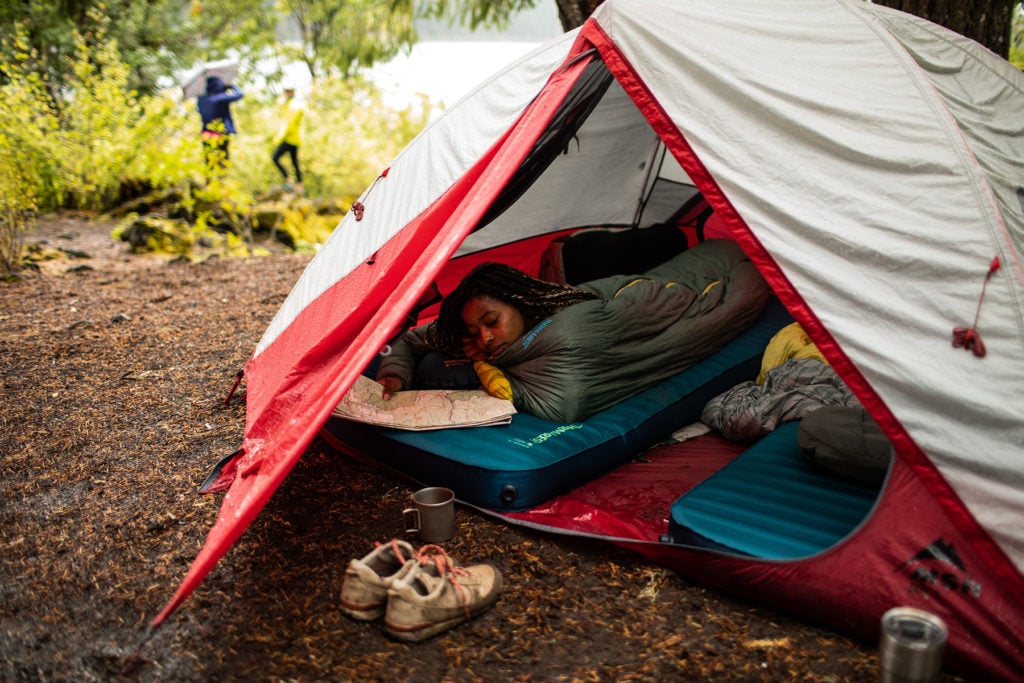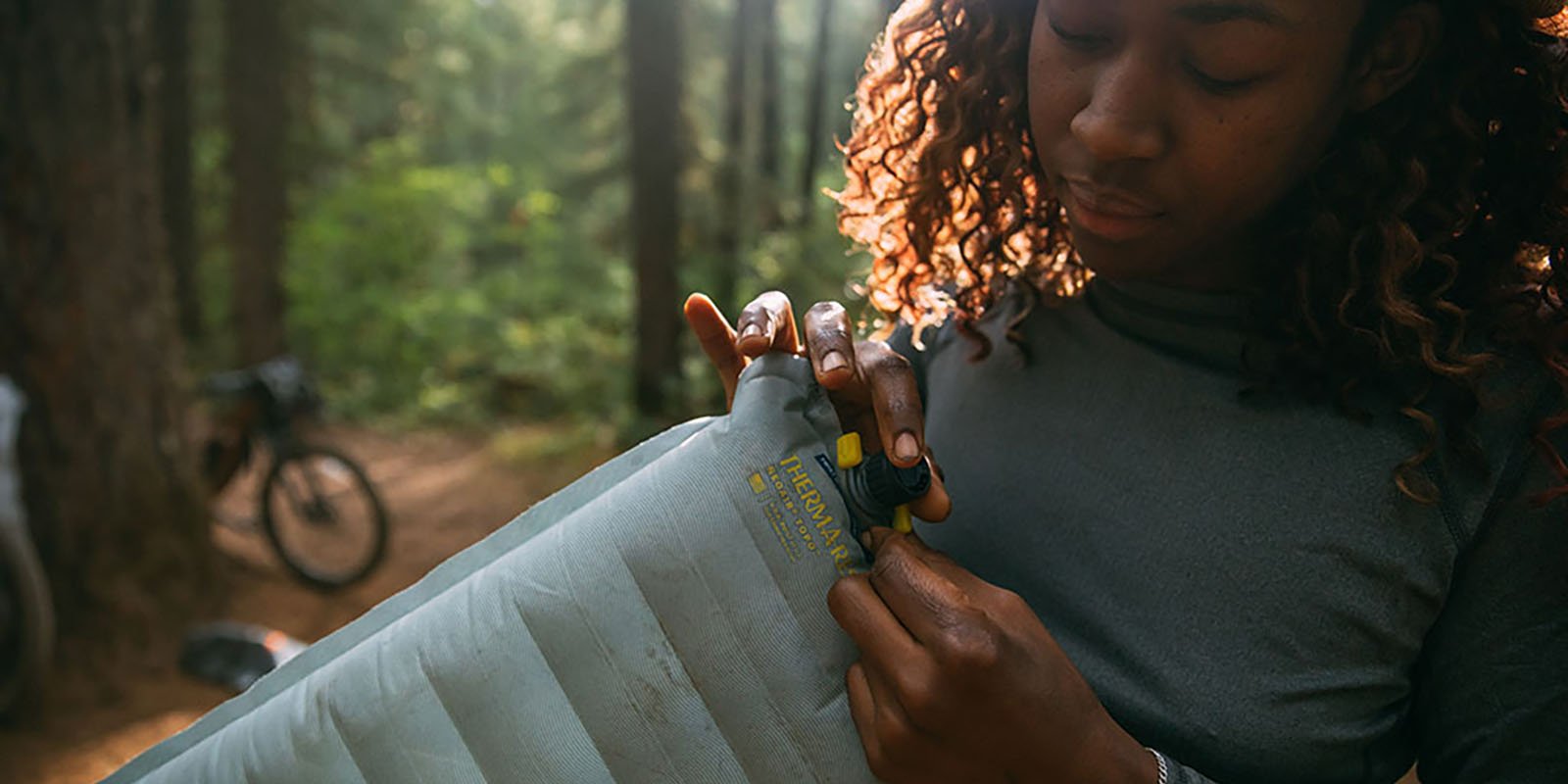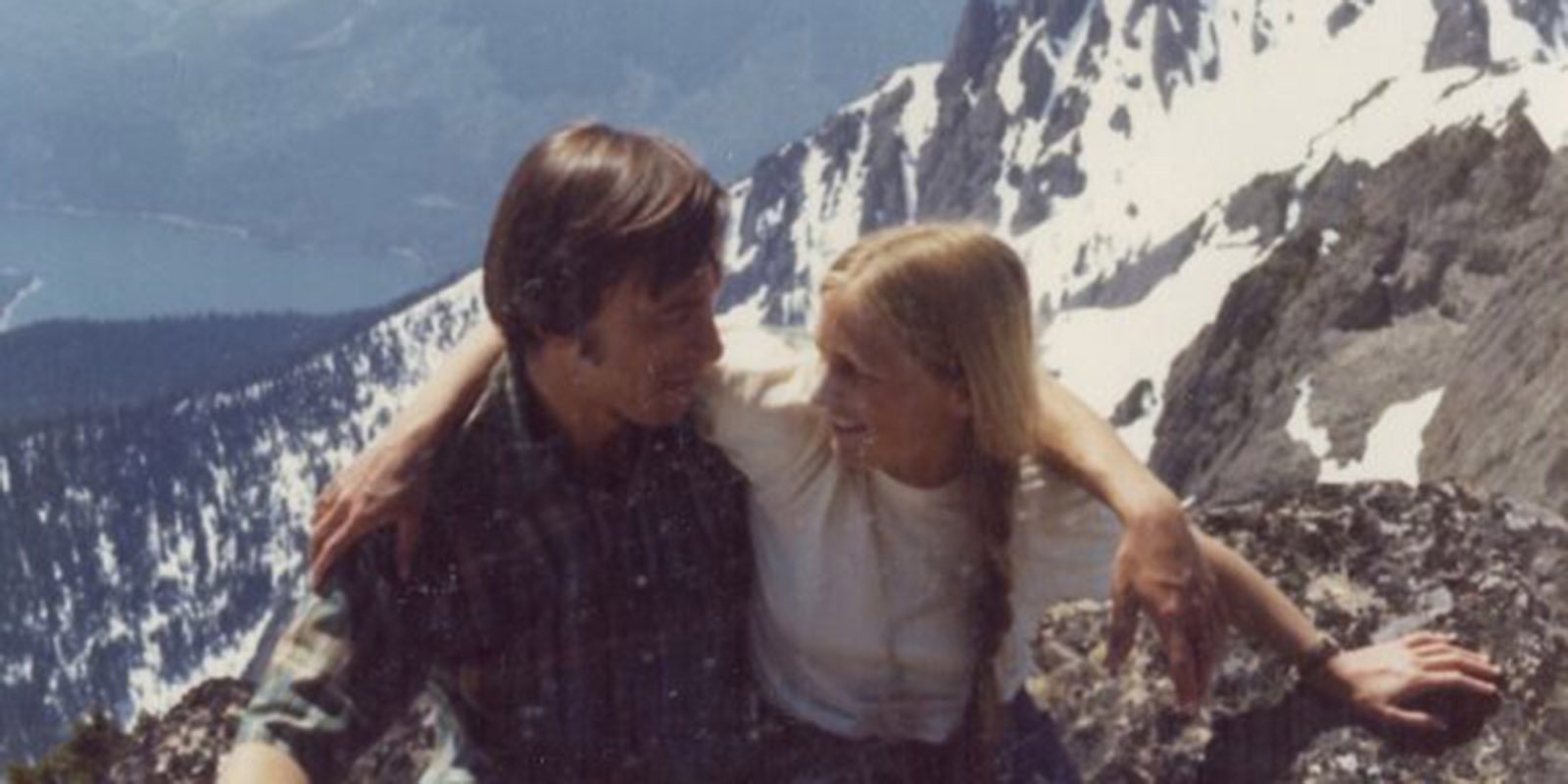Are you prepared? Do you know how to plan a backpacking trip? What about that time when you forgot an extra set of batteries and your headlamp died on you in the middle of a dark night hike? Or the instance when you mistakenly threw your 32-degree sleeping bag in your pack when you meant to pack your 0-degree? As humans, we are all capable of making simple mistakes that can have an effect on the ideal outdoor experience that we seek. So often we can plan the simple tasks surrounding the idea of getting outside through route planning, food, knowing where to camp, and being in tip-top shape, but what about the small aspects of getting outside that we may fail to address or the simplicities that we may overlook. There are definitely areas of multi-day backcountry adventures that don’t get planned enough, but what can we do to stay prepared in light of these mistakes and oversights?
Last winter, on a hut trip to the Wallowa Mountains of eastern Oregon, we planned as much as we could. We paid close attention to specific hazards, risks, weather, and avalanche reports for weeks leading up to the trip. Terrain choice would be crucial given the considerable avalanche hazard.
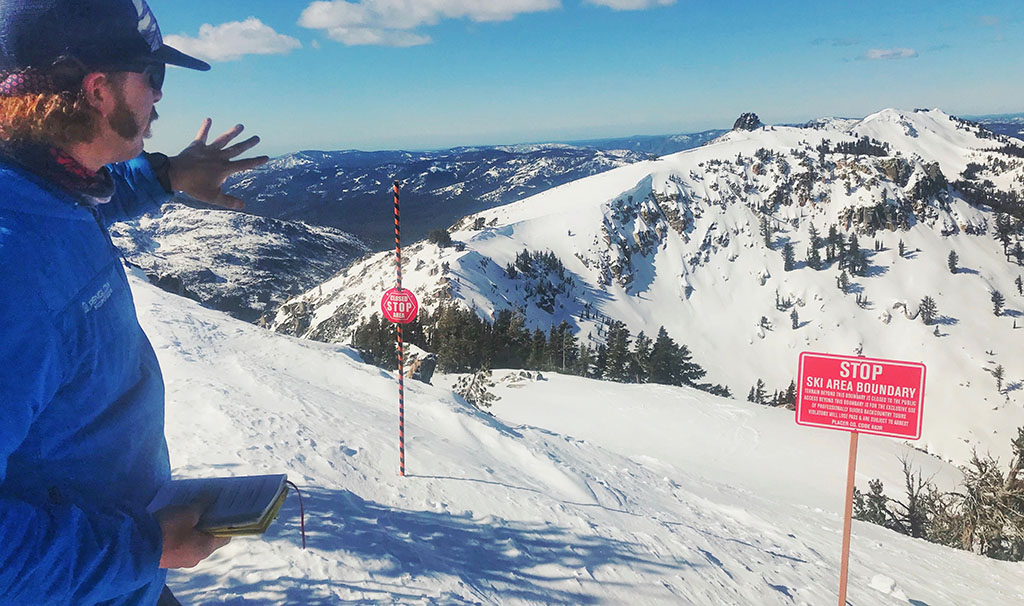
Amidst all of the consideration and thoughtful decision making, we managed to trigger an avalanche from 30 feet away. Luckily, nobody was hurt or dragged into the white frothy mess. A day later, we had a medical emergency when one of our group members suffered a seizure from dehydration and lack of nutrition. These two instances that we definitely had not planned for and that could have definitely changed the outcome of our adventure had it not been for a few philosophies of our backcountry planning.
So, to make sure you’re prepared for any unexpected challenges in the backcountry, I put together a few tips that help keep me prepared. Here is a comprehensive list of how to plan a backpacking trip focusing on some of the perhaps less thought of areas to help make a surefire outing that much more successful.
How to Plan a Backpacking Trip

1. Weather Planning
It’s one thing to be aware of current forecasts in the area you are going to, however, to extend that knowledge can make a big difference in helping to understand the potential hazards that could present themselves on a trip. For example, in the southwest desert of the United States, summer afternoon storms are extremely common, they come on quick and can bring a deluge of rain, winds, thunderstorms, creating the potential for flash floods and even dust storms. In the summer to fall months in Yosemite Valley, lightning can appear out of nowhere, which in the past has proven to be lethal to folks caught in the wrong area. Plan ahead and also know what to do in instances of a lightning storm or flash floods amongst other things.

2. Compass & Map Knowledge
We have moved into a digital age where much of our skill base seems to revolve around navigating with GPS and phones. Yet there is something to be said about investing in knowing how to navigate an area with maps and a compass. Taking a bearing, knowing how to read topographical maps, and understanding declination are a few crucial orienteering factors that can help one to determine location or destination if all forms of technology fail. Plus, understanding the art of navigation the old fashion way never loses signal or has a dead battery.
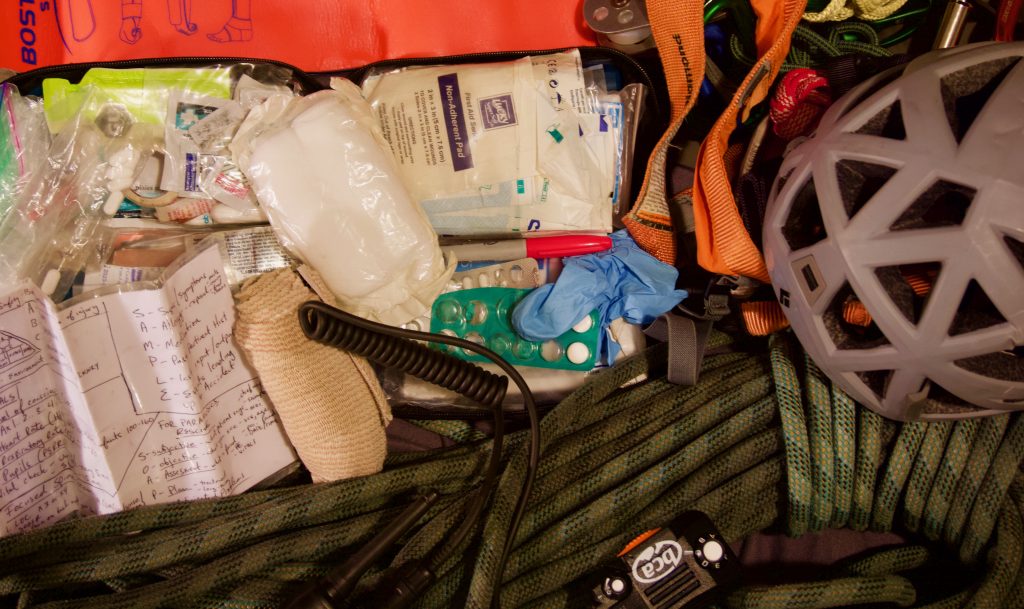
3. First Aid Kits & Knowledge
First aid kits and knowledge in the medical field can be an area that may be neglected to address when thinking about getting outside. If an emergency or even a simple injury were to present itself, it is a good idea to be prepared as well as have decent working knowledge of the procedures it takes to respond appropriately. It can be as simple as taking a one-day first aid course or a more advanced Wilderness First Responder to learn or keep on your skills. On top of that, if you can have all the essentials in a first aid kit then you are not only a resource for yourself but an asset to the others in the crew.
Equally as important is what you pack out. Always bring matches or lighter (accompany with a candle for longer burning capabilities), paracord, garbage bag, bandana, duct tape, pocket knife or leatherman, zip ties, insect repellent wipes, water purifying tablets, space blanket, even consider small containers of aloe vera, sunscreen, and an emergency food ration that can include such things as a couple bars, electrolytes, and small packet of protein such as beef jerky or smoked salmon.
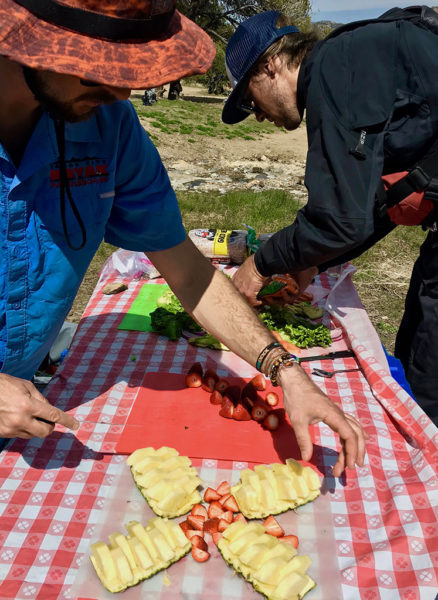
4. Interacting with Wildlife
Wildlife is everywhere in nature, luckily attacks are relatively rare, but knowing how to react to a potential wildlife encounter is crucial. My first face to face confrontation with a grizzly in the Denali backcountry of Alaska was quite possibly one of the scariest moments of me and my hiking partners lives, yet before heading into this environment where a probable wildlife encounter was definitely possible we made sure that we were educated on how to react with the area’s animals….in are instance the calm and collective demeanor paid dividends as we walk away without an incident. Know the animals and predators in the area, the potential threats, how to interact with them before heading out into the field so that in the case an evident happens you are as well-versed as you can be.

5. Communication
Whether you’re venturing out solo or with a crew in avalanche terrain, climbing big peaks, or trekking deep into the backcountry, having some sort of a game plan for each excursion is a safe bet in keeping everybody on the same page. Discussing specific routes, events, hazards, and a specific rescue plan is a good way for everybody in the group to share thoughts and viewpoints on how to react and interact in different scenarios.
If you’re heading deep into the backcountry another good call is a satellite phone or spot device if in that slight instance an emergency evacuation is necessary. Keeping all those waves of communication open and being honest and true to yourself and the group creates a nice barrier of safety that can be important in those dire moments.
On your next trip into the great outdoors, planning ahead and educating yourself could be the difference between a wonderful experience and a tragedy. As the old adage says, “know before you go”.
Related Posts:
- 10 Ways to Lighten Your Backpacking Pack Weight
- Backpacking Gear: Pros & Cons of Common Choices
- The Ultimate Ultralight Backpacking Gear Checklist
Updated. Originally Published May 5, 2020.
